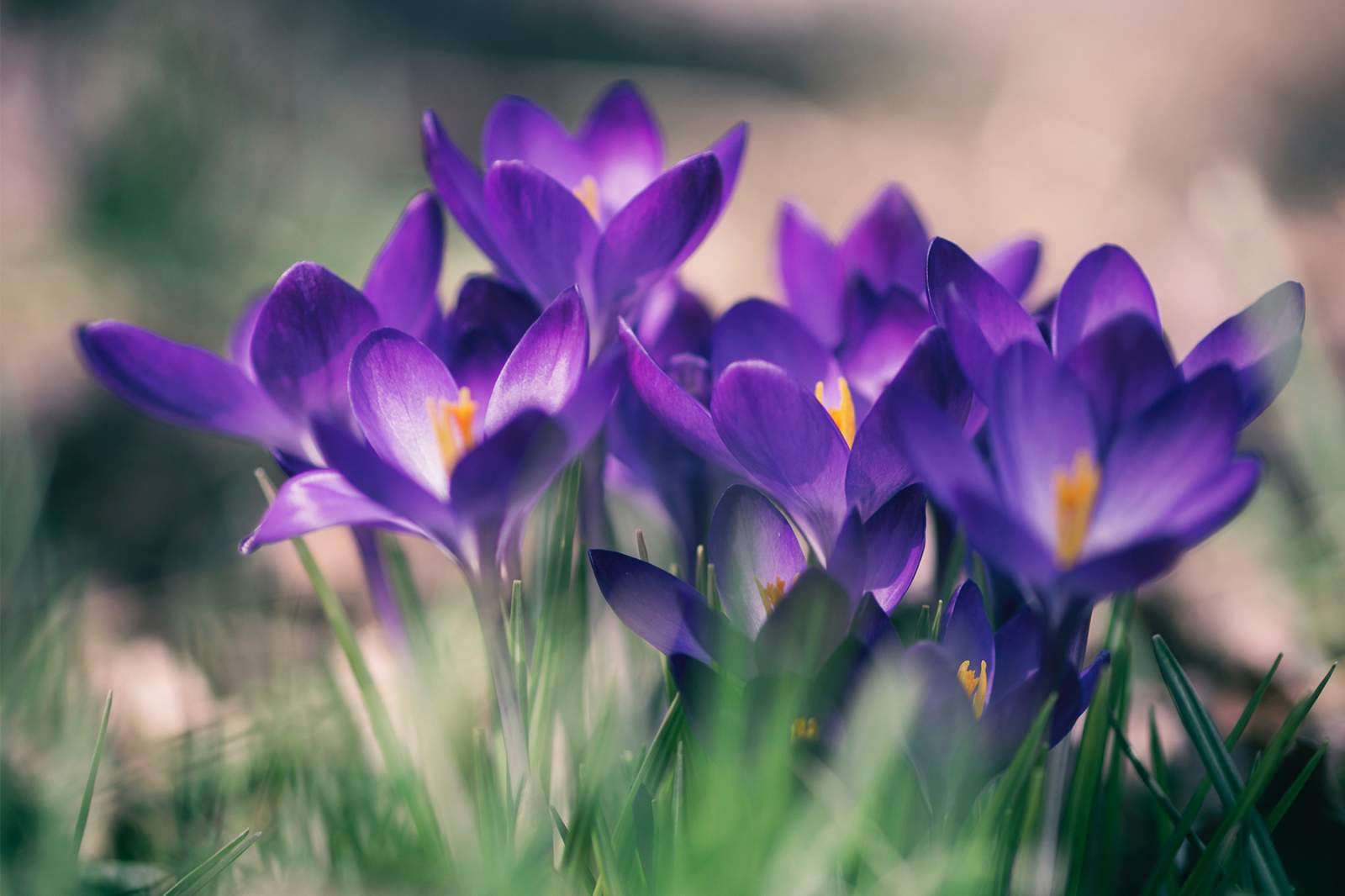You can't help but love springtime in Canada. In what seems like months of wearing heavy winter coats, come spring the sun is brighter, and the days are longer. It feels so good to be out in the sun wearing just a pair of shorts and a T-shirt.
During this beautiful time of year, many species of birds have returned, or are returning from their northern migration. The navigational skills of these amazing creatures are not yet fully understood, as they travel the same course year after year with minimal deviation. Other species of mammals, reptiles, and amphibians are found crawling out of their winter dens and burrows, as warming temperatures begin to take hold. From bats to bears, from snakes to skunks, slowing down the body processes to conserve energy in winter is the only way to survive. When springtime comes, it is time for these creatures to get up for something to eat. Their food supply is back. Time to compensate for the months of fasting during hibernation.
Those fascinating six-legged creatures called insects somehow managed to survive the winter and are "coming out of the woodwork." Ants and termites spent the winter feasting on the food they stored during the warmer months in their underground colonies that extended below the frost line. To put into perspective of how deep a frost line can be, where I am located in Ontario, Canada, the frost line is about 4 feet deep. Other insects such as bees survived the winter through communal living, producing enough heat within themselves to survive. Most insects fall into a deep sleep called diapause. The water in the insect is reduced and is replaced come winter with glycerol, which is comparable to antifreeze we put in our cars to drive through freezing climates. Some species of insects will "diapause" as an adult, other species as larvae and other species as eggs. Monarch butterflies are arriving from their arduous migration journey all the way back from Mexico.
With the warming spring air, the snow that blanketed the earth begins to melt. Depending on the temperature of the air and the depth of the snow, it may take a few days or weeks. Once again, the bare earth embraces the warmth of the sun after long winter dormancy. The pungent, earthy smells are invigorating. It is at this time of year where I love to make a beeline for my favorite hardwood forests that are carpeted with white trilliums. It is a spectacle that must be seen.
The biological diversity of the hardwood forests in my area are a treasure to behold. The vivid greens of spring buds that have burst open are such a calming for the soul. The resident birds have returned from their long migration, and the forests are a crescendo of birdsong as the birds proudly proclaim ownership of their territories. The air is teeming with flying insects providing quick, nutritious energy for the birds who are busy getting this year's nurseries prepared for the coming generation.
The hardwood forest floor is thick with a beautiful "duff" layer of leaves in different stages of decomposition. This layer holds a lot of moisture and acts as a mulch for the forest. As the trees burst to open their buds in spring, the combination of humidity from the forest floor and shade from the canopy creates a generally cool and stable microclimate for plants and animals. This microclimate can be very different in temperature and moisture conditions from a field just outside the forest. And as the hardwood trees in the forest begin to open their buds, the white trilliums awaken from their winter dormancy forcing their way through that abundant moisture rich layer of decaying leaves.
Means of ants disperse seeds from the white trilliums. A local magazine called "In the Hills" describes that "Attached to each seed is a small, fleshy offering called an ‘elaiosome.’ This structure, rich in fats and proteins, entices ants to carry the seeds back to their colonies where the elaiosome is consumed." For the ants, this is the 1st fresh food of the season after a long winter and is a real treat. Then, in a stunning evolutionary feat described by Carol Gracie in her superbly informative Spring Wildflowers of the Northeast (Princeton University Press, 2012), "The Trillium seeds, now bereft of elaiosome, emit a scent identical to that of dead ants. The final resting place for dead ants is a rubbish heap beyond the colony, and that’s where ants dump the trillium seeds as well. There in a rich fertilizer of moldering ant bodies, the seeds stand a better chance of sprouting and thriving than if they were discarded in the tunnels of the colony."
The complexity of this hardwood forest eco-system and its biological diversity is mind-blowing. When an ecosystem is stable and healthy, we call it Sustainable, which means that it can sustain itself and reproduce itself. Sustainable ecosystems have biological diversity. There is a variety of species and organisms living there that are intertwined, and it harmoniously keeps on contributing with one another.
Sadly, eco-system destruction from humankind is happening all around us, which at the same time is destroying the biological diversity. From our rainforests to our wetlands, to our mountains, to our coral reefs, our natural ecosystems are finding it hard to cope with the different human pressures and are unable to adjust. With these pressures, many plant and animal species are becoming extinct. If we continue depleting resources and destroying our environment, soon it will be too late for these ecosystems to ever recover, even with our help.
I encourage you to visit a hardwood forest or any other nearby natural ecosystem that is as untouched from human influence as possible. But PLEASE tread very lightly. Take your time, allowing the sights, sounds and smells to draw you in. And research all about everything that your senses have experienced. It can be life-changing. The biological diversity will blow you away. Awareness goes such a long way for us to make positive changes before we lose all our biological diversity. Our planet is fully alive and interconnected, we as human beings are part of that web.
Happy International Day for Biological Diversity.
Sources
- https://www.alive.com/lifestyle/10-fast-facts-about-biodiversity/
- http://animals.mom.me/list-animals-hibernate-3236.html
- https://news.nationalgeographic.com/news/2005/02/0215_050215_insects.html
- http://www.bbc.com/earth/story/20160224-ten-reasons-to-love-spring
- http://greatlakeswormwatch.org/forest/soil.html
- https://www.inthehills.ca/2013/03/springs-wild-beauties/
- http://www.theworldcounts.com/stories/Impact-of-Ecosystem-Destruction
Did you find this Page helpful?



















